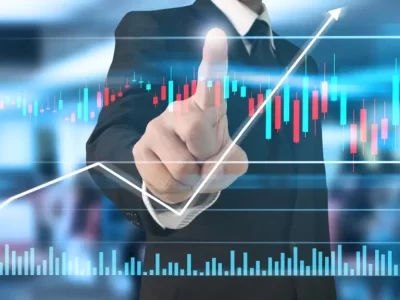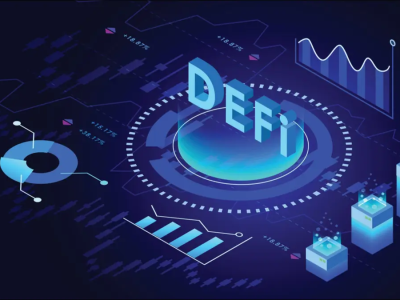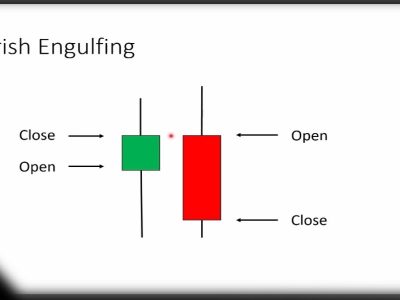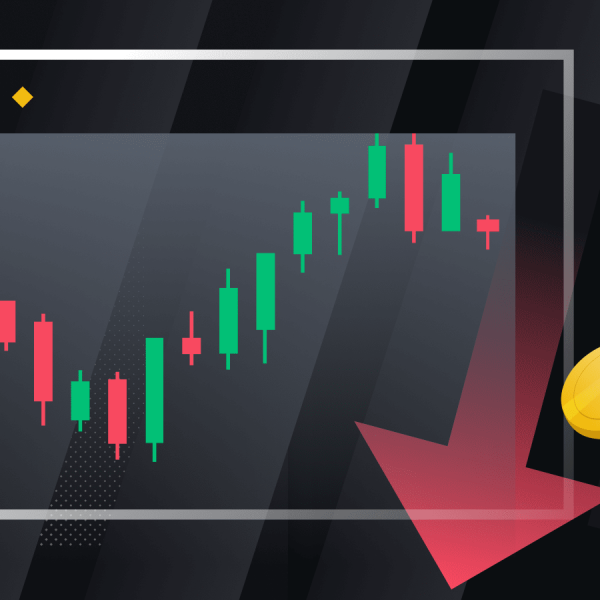Ichimoku Clouds are a set of technical indicators that show the levels of support and resistance, as well as the movement and direction of the trend. It does this by taking multiple averages and plotting them on a graph. It also uses these figures to calculate a “cloud” that tries to predict whether prices may be supported or resisted in the future.
You can also read: How to use stochastic oscillator?
The Ichimoku Cloud was developed by Japanese journalist Guichi Hosoda and published in the late 1960s. Provides more data points than a standard candlestick chart. While it may seem complicated at first glance, those who are familiar with how to read charts often find it easy to understand with well-defined trading signals.
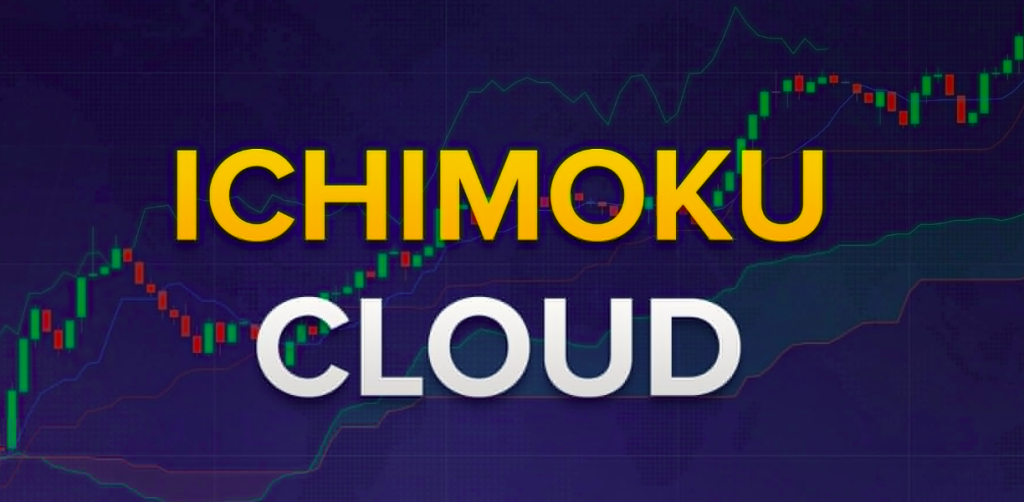
Knowing the Ichimoku diagrams
Before a trader can perform effectively on a chart, a basic understanding of the components of the Ichimoku chart must be established. Ichimoku was created and unveiled in 1968 in a way that differs from other technical indicators and applications. While programs were typically formulated by statisticians or mathematicians in the industry, the indicator was developed by Tokyo-based writer Guichi Hosoda and a handful of assistants doing various calculations. This indicator is now used by many chambers. Japanese commercial is used because it offers several experiments. In price practice, creating trades is more likely. Although many traders are afraid of the abundance of lines drawn when applying charts, components can easily be translated into more accepted indicators.
The program consists of four main components and provides the trader with key insights into the FX market price. We will first look at the Tenkan and Kijun Sens lines. The lines are used as a moving average crossover and can be used as simple translations of the 20- and 50-day moving averages, albeit at slightly different intervals.
1. Tenkan Sen: is calculated as the sum of the highest, highest and lowest divisors. Tenkan is calculated in the previous 9 time periods.
2. Kijun Sen: is calculated as the sum of the highest and lowest divisors. Although the calculation is similar, Kijun takes into account the past 26 time periods.
What the trader wants to do here is use a cross to start the position – similar to a moving average cross. Looking at our example in Figure 1, we see a clear intersection of Tenkan Sen and Kijun Sen. This decrease simply means that prices will fall below the long-term price trend in the short term, which is a sign of a downtrend or lower movement.
Now let’s take a look at the most important component, the Ichimoku Cloud, which reflects current and historical price performance. By creating formative barriers, it behaves almost like simple support and resistance. The last two components of the Ichimoku program are:
3. Senkou Span A: The sum of Tenkan Sen and Kijun Sen divided into two. The calculation is then drawn 26 times before the current price action.
4. Senkou Span B: The sum of the highest, highest and lowest divides by two. This calculation is taken in the last 52 time periods and 26 previous periods.
After drawing on the chart, the area between the two lines is called a Kumo or cloud. The cloud, which is relatively thicker than normal support and resistance lines, provides a complete filter for the trader. The thicker cloud considers fluctuations in foreign exchange markets instead of giving the trader a thin price level to support and resist. Breaking the cloud and moving it up or down there suggests a better and more likely trade.
What do the Ichimoku clouds represent?
The technical indicator shows the relevant information at a glance using averages. When the price is in the cloud, the general trend is upward, when the price is below the cloud, the downward trend and when the price is in the cloud, it is without trend or in transition.
When the leading distance A rises and is above the leading opening B, this helps confirm the uptrend, and the space between the lines is usually green. This helps to confirm the downtrend when the leading distance A is falling and is lower than the leading distance B. The space between the lines is usually red in this case.
Traders often use the Ichimoku Cloud as a support and resistance area depending on the relative price position. The cloud provides support/resistance levels that can be predicted in the future. This sets the Ichimoku Cloud apart from many other technical indicators that offer only support and resistance levels for the current date and time.
Traders should use the Ichimoku Cloud along with other technical metrics to maximize their risk-adjusted returns. For instance, this indicator is often paired with the Relative Strength Index (RSI), which can be used to confirm movement in a particular direction. It is also important to look at larger trends to see how smaller fit into them trends. For example, during a very strong downtrend, the price may temporarily push the cloud or slightly above it, before falling again. Just focusing on the indicator means losing the bigger picture, as the price is under strong long-term selling pressure.
Crossovers are another way that markers can be used. Be careful that the conversion line moves above the baseline, especially when the price is above the cloud. This can be a powerful buy signal. One option is to hold the trade until the conversion line returns below the baseline. Each of the other lines can also be used as an exit point.
Ichimoku Cloud Lines
The Senkou Span A and Senkou Span B lines are used together to form cloud formation in the Ichimoku Kinko Hyo diagram, also called the Ichimoku cloud. Ichimoku Cloud was created in Japan and combines five different lines that provide different insights to the trader.
Senkou Span A belongs to Senkou Span B because it forms the “cloud” that is the main component of the Ichimoku Cloud.
The Senkou Span B line is considered to be the slower motion of the two lines because it is calculated using 52 data periods (52 high periods + 52 low periods) / 2). Senkou Span A, on the other hand, uses 26-period and 9-period data-based data, so it responds more quickly to price changes.
In general, when the Senkou Span B reaches a high position in the cloud, a bearish signal is considered. This is because short-term prices are lower than mid-term long-term prices. Senkou Span lines measure the midpoint of a price range because they divide the combined high and low values into two.
When the Senkou Span A line is at the top of the cloud, it is considered an uptrend as the short-term price moves above the long-term medium-term price. Crossovers between Span A and Span B can indicate a change of trend, from descending to ascending or vice versa.
When prices are higher than Span A and/or Span B, these lines may act to support and provide potential shopping areas. When the price is lower than Span A and/or Span B, these lines may act as resistance and provide potential areas for sale or short-term.
Here’s how to decipher the Ichimoku cloud:
1. High, low and static trends
Using Ichimoku’s trading strategy, you can view your trading information at a glance using averages. The general trend increases when prices rise above the cloud. Conversely, when the price reaches below the cloud, the trend decreases. However, when the price remains in its position in the cloud, the trend or transfer stops.
2. Approve the process
When a trend is created, a color is usually assigned to it. Therefore, if the leading distance A is higher than the leading opening B, it is said that the uptrend is confirmed and the space between the lines is green. Conversely, if the leading distance A falls below the leading opening of B, it creates a downward trend and the space between the lines turns red.
3. Aspects of support and resistance
As a trader, based on the relative price position of your script market, you often use the Ichimoku cloud as a support and resistance area. You can also get support and resistance levels that may be expected for futures trading. It is this virtue that distinguishes Ichimoku Cloud Trading from most other technical indicators, which usually offer only support and resistance levels for current trades.
In conclusion
The Ichimoku chart indicator is scary at first, but was broken once. Any trader will find this app useful. This chart shows the three indicators to one and provides a filtered approach to price performance for the currency trader. In addition, this approach not only increases the likelihood of trading in financial markets, but also helps to isolate real motion games. Ichimoku is an alternative to risky trades, where the opportunity has a chance to return the previous profit.



